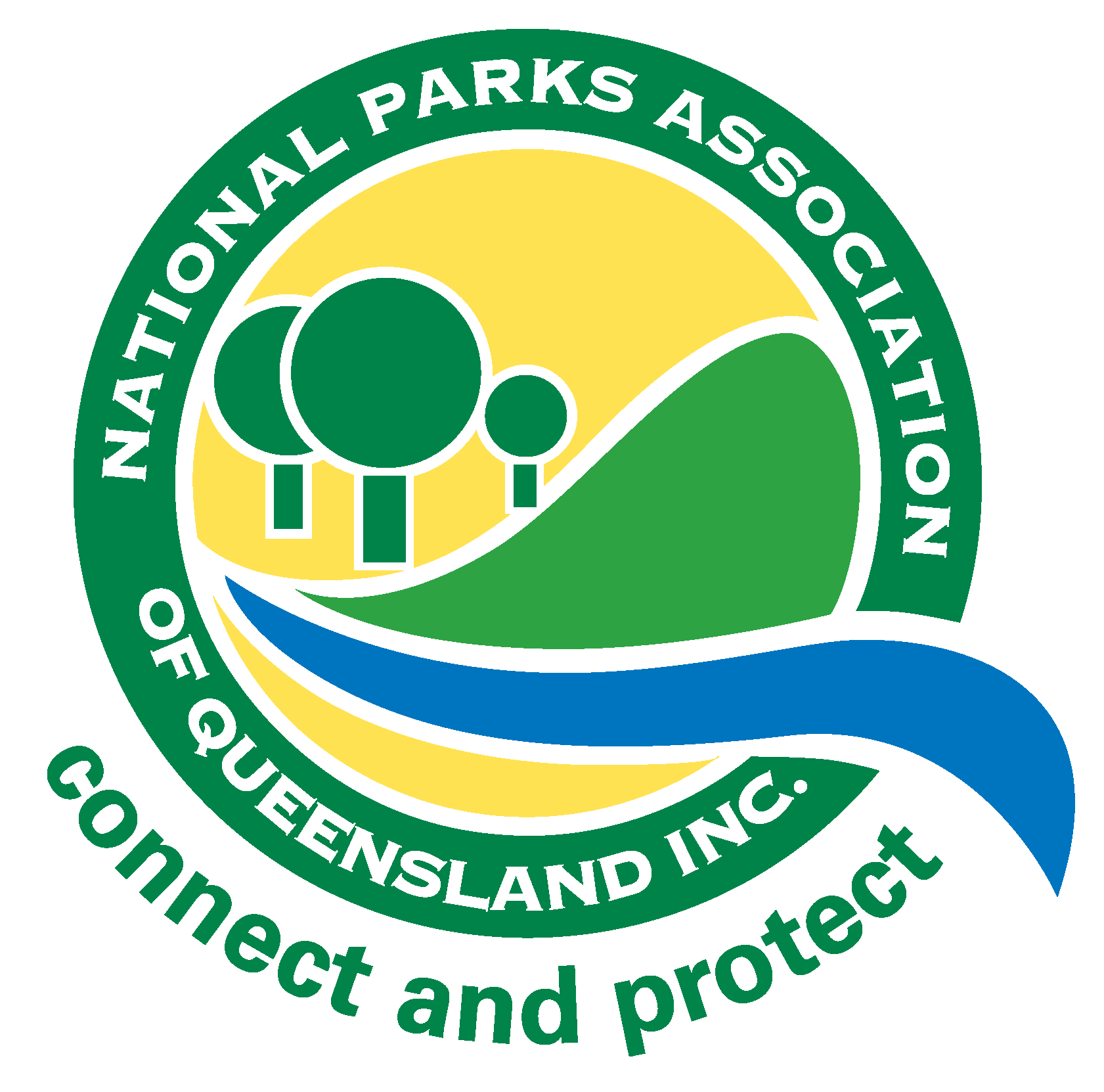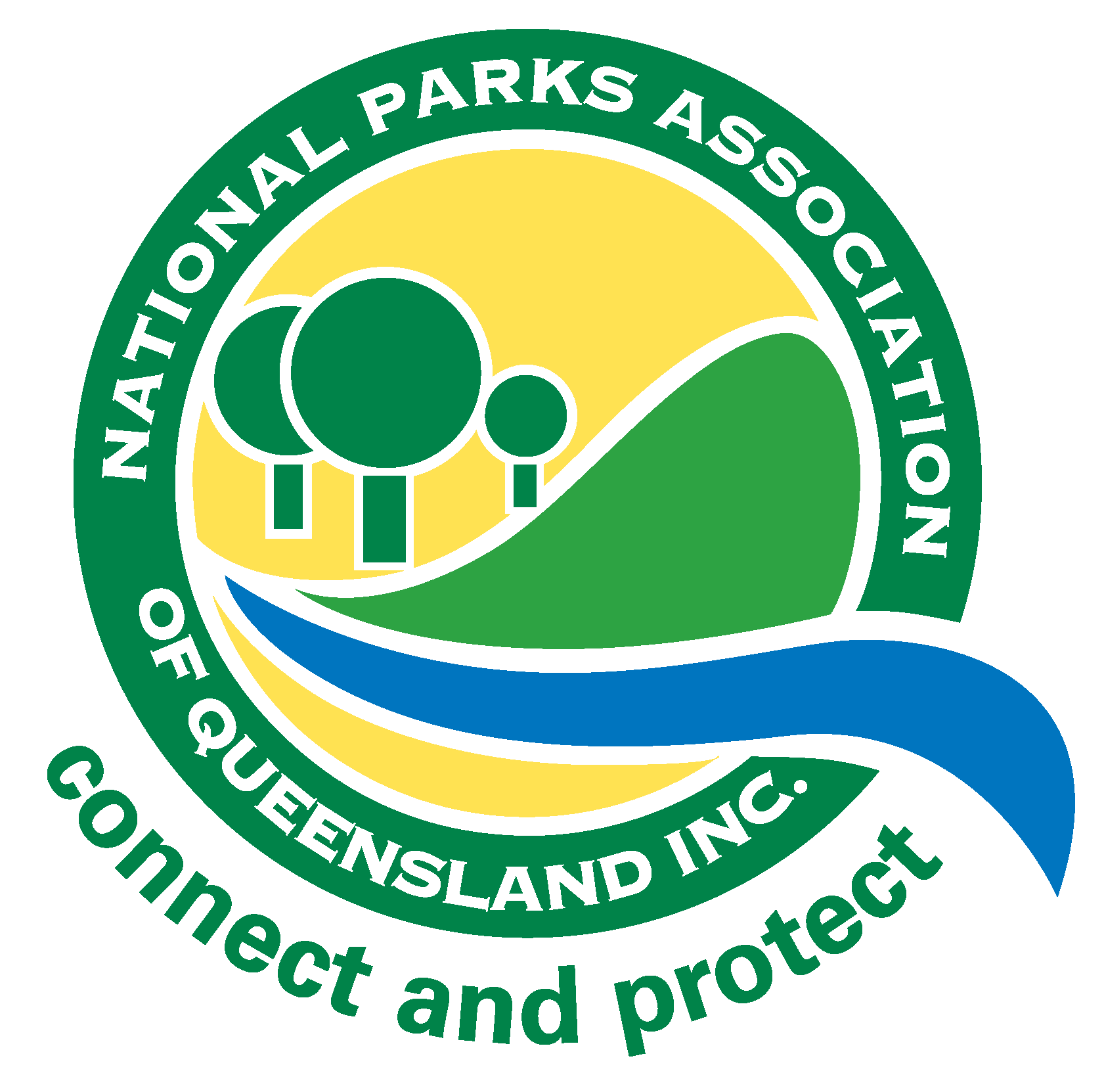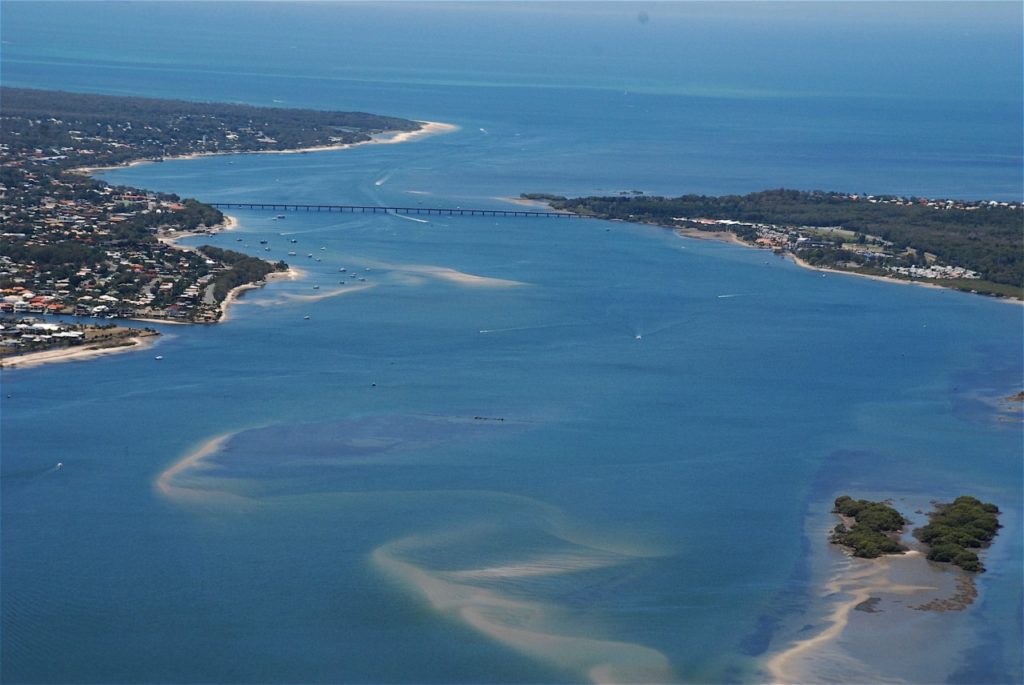Protected Magazine
Park in Focus – Bribie Island
“Welcome to Bribie Island – Fauna and Flora Sanctuary” The sign greets residents and visitors to Bribie before crossing the Bribie Bridge
BRIBIE ISLAND TOURISM MODEL – A TRAGEDY OF THE COMMONS
In economic science, the tragedy of the commons is a situation in which individual users, who have open access to a resource unhampered by shared social structures or formal rules that govern access and use, act independently according to their own self-interest and contrary to the common good of all users, cause depletion of the resource through their uncoordinated action.
Bribie Island is a protected and valuable natural resource and asset within Moreton Bay which provides International protection for Bribie’s avian, marine and terrestrial fauna, flora and habitat. Bribie is often referred to as the “Jewel of Moreton Bay”. Protections include: Ramsar Convention on Wetlands (1993); Convention on the Conservation of Migratory Species (1991), Single Species Action Plan for the Loggerhead Turtles of the South Pacific Ocean (2015); Recovery Plan for the Marine Turtles in Australia 2017-2027; Marine Park (1992); National Park (1994); Nature Conservation Act (2017); National Dugong and Turtle Protection Plan (2014-2017). Not insubstantial protections.
Bribie Island’s environmental, cultural, historical and lifestyle assets are under siege by an unsustainable Tourism Model, with little return on investment and introduced without requisite consultation, environmental, economic and social impact assessments.
A Tourism Model based on unrestricted and uncontrolled use and abuse of a resource and asset is not viable in the long term, especially with the present Extinction Crisis.
The concept of a Tourism Model that markets and promotes destructive recreational activities is inappropriate and unsustainable for Bribie. That is: (1) the 24/7 damaging exclusive use of Bribie’s LIVING Ocean Beach for unrestricted and uncontrolled 4×4 recreational beach driving enthusiasts; (2) the unrestricted and uncontrolled use of Bribie’s surrounding waterways for PWC (jet ski) enthusiasts, and (3) the uncontrolled use of Bribie’s beaches for off-leash dog recreation. These three recreational activities preclude other safe, less destructive passive recreational uses of Bribie’s natural assets. These forms of recreation disturb, invade and sterilise fauna and flora habit – the Interdependent ecosystems that support the survival of Bribie’s Internationally protected and threatened avian, marine and terrestrial fauna and flora. (Resident and migratory birds, sea turtles including endangered nesting loggerheads, dugongs, dolphins, seagrass beds, protective healthy dune systems, living intertidal zones, wetlands, forests and heathlands)
Since the 1950s, scientific studies continue to demonstrate the negative and sterilising impacts these forms of recreation impose on the natural environment and its inhabitants. See FOSI Investigative Report.
Queensland has only 8.2% of land designated to be protected as National Park. A 2010 government audit noted only 17% of Queensland’s National Parks have Management Plans. Without Management Plans, requisite Threatened Species lists, Environmental Impact Assessments and Baseline Studies, it is unwise to open protected areas to invasive and destructive forms of recreation. Bribie Island does not have a National Park Management Plan.
The Bribie brand – a safe restorative sanctuary – is seriously threatened.


